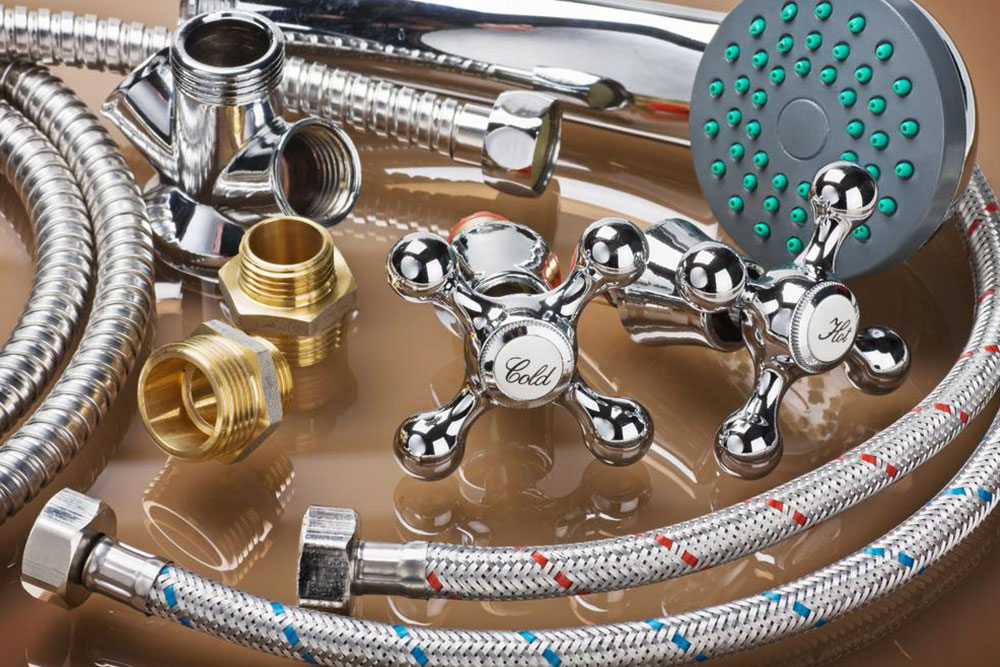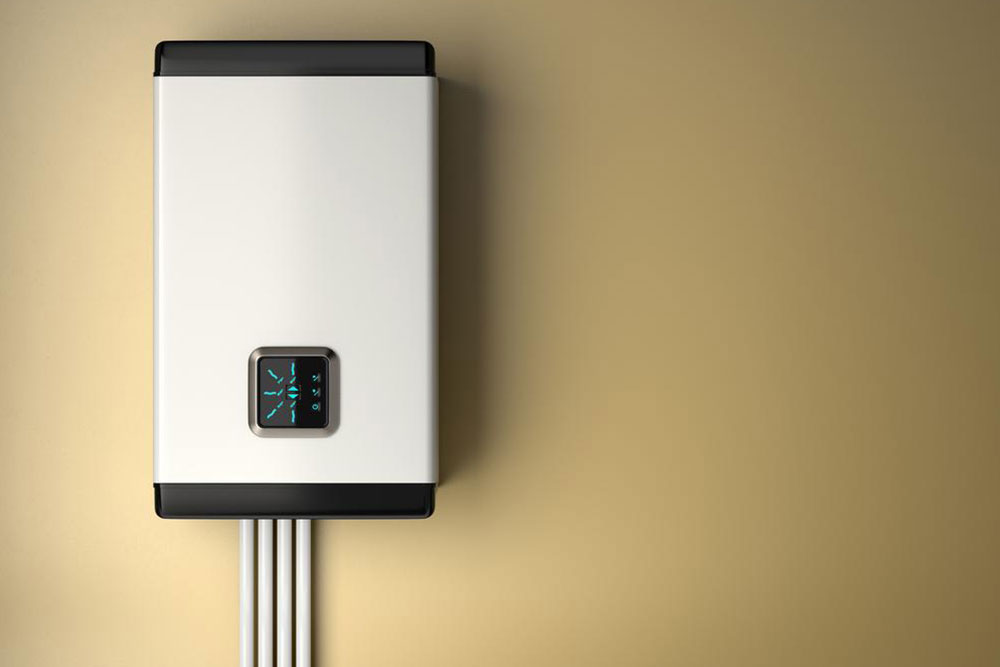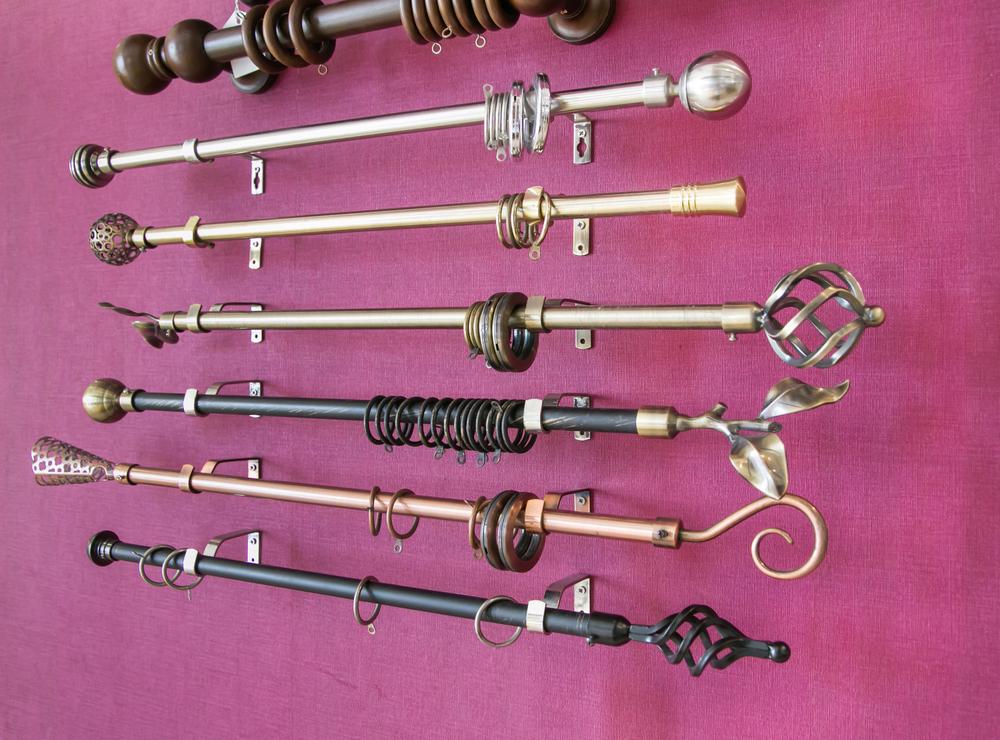Complete Guide to Bathroom Faucet Types and Technology Features
Discover the essential types and technologies behind modern bathroom faucets. This guide covers various valve mechanisms, innovative features, and important installation tips to help you choose the perfect faucet for your bathroom. Learn about materials, maintenance requirements, and advances like sensor controls for a seamless bathroom upgrade.

An In-Depth Look at Bathroom Faucet Options and Technologies
Selecting an ideal bathroom faucet requires understanding more than just its look; knowing its internal mechanisms is essential. While design and exterior finish are often prioritized, the valve system significantly influences longevity and functionality. Materials like brass with chrome or PVD coatings are common for corrosion resistance, with eco-friendly options such as lead-free bismuth gaining popularity. Reviewing installation instructions ensures compatibility. Faucet valves come in four main styles: compression, ball, cartridge, and ceramic disc, each with distinct maintenance and performance traits.
Contemporary faucets often incorporate advanced features like sensor activation for hands-free use or touch controls, replacing traditional handles. Various handle styles, including cross, joystick, knobs, and push buttons, allow customization for user preferences.
Compression valves: Basic mechanism using a screw and rubber washer to regulate flow; prone to wear and leaks over time.
Ball valves: Utilize movable slots to blend hot and cold water, typically controlled with a single handle.
Cartridge valves: Consist of cylindrical cartridges that shift to control flow, offering reliability and long-term performance.
Ceramic disc valves: Employ sliding ceramic disks for minimal maintenance and durability, albeit at a higher cost.
Tip: Always check installation instructions and consider your plumbing system when choosing a faucet. For personalized advice, consult a professional. Be aware that available options may vary by supplier and location.


